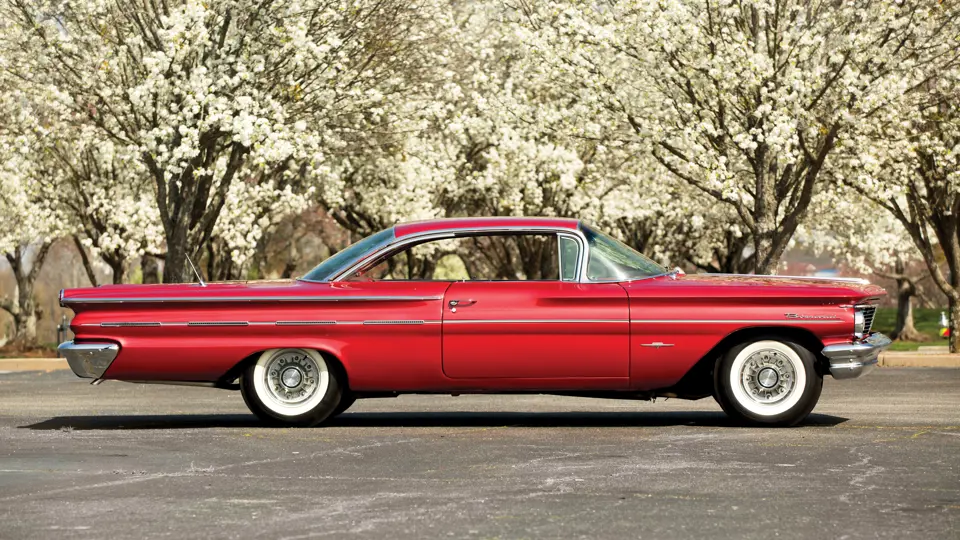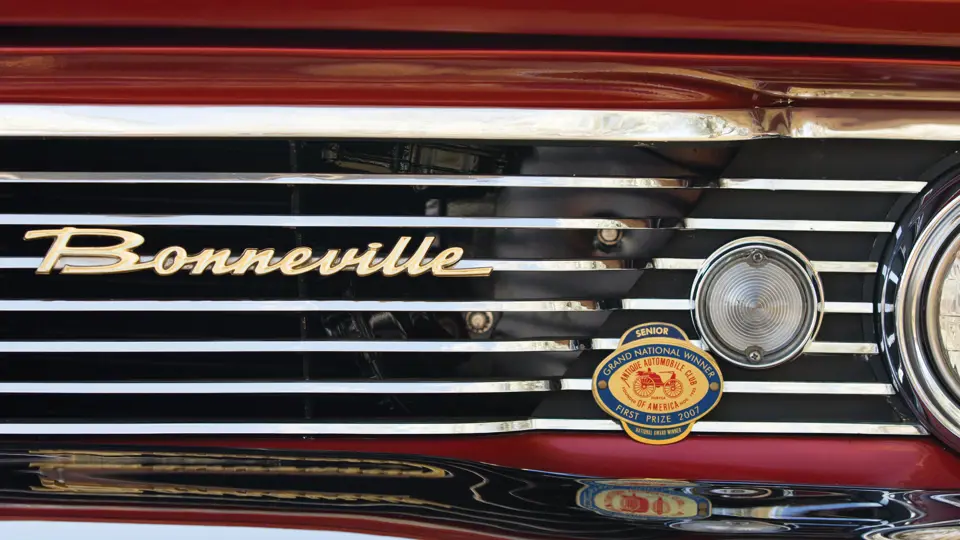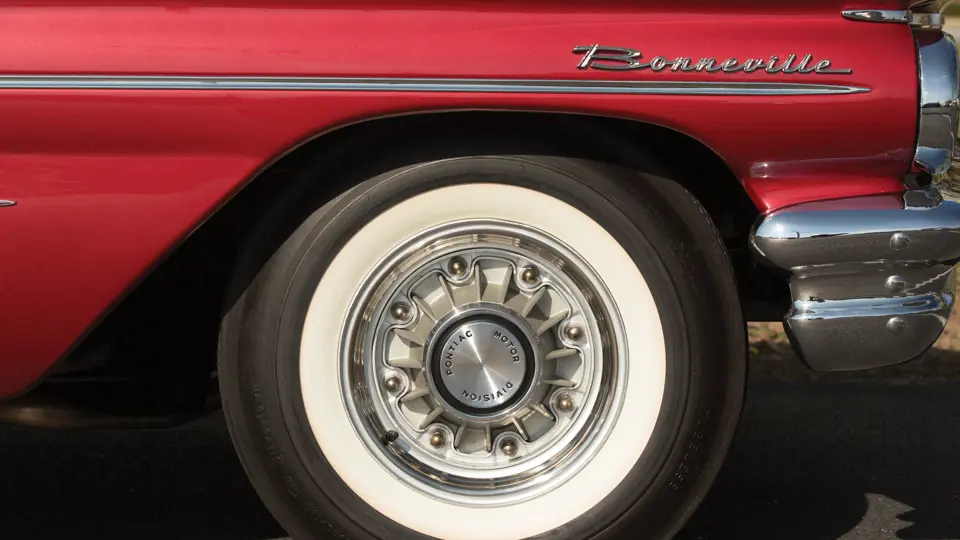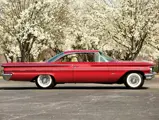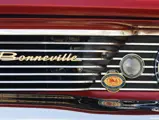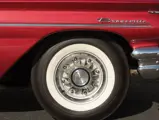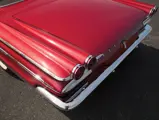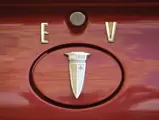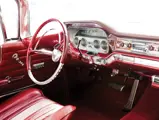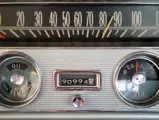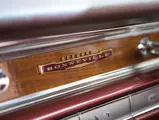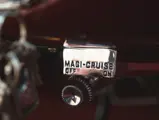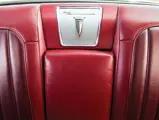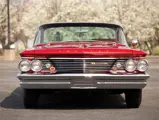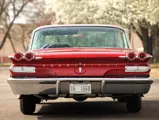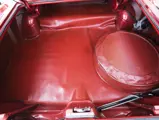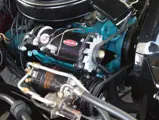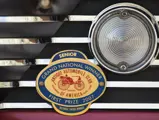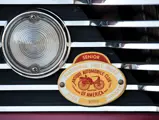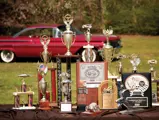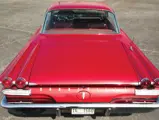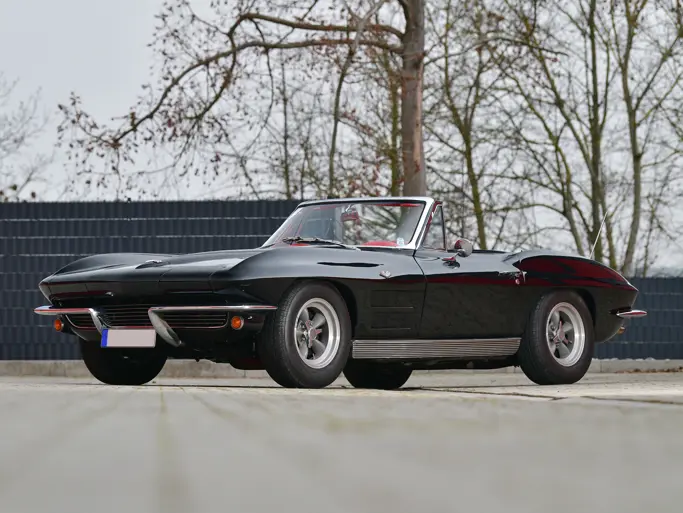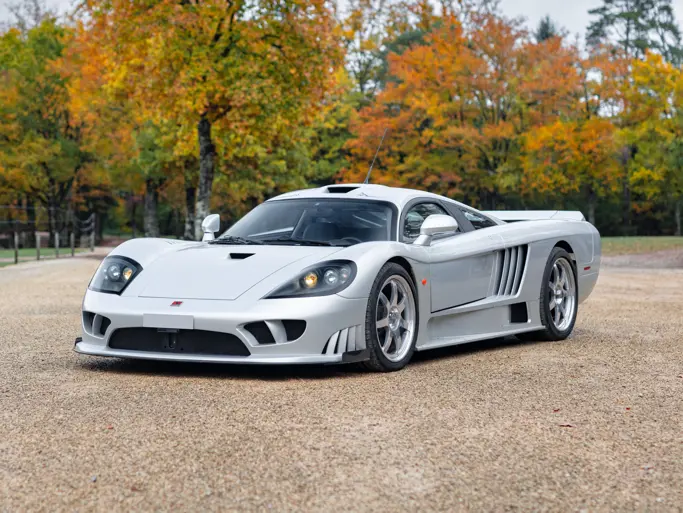318 bhp, 389 cu. in. OHV V-8 engine, four-speed Hydra-Matic transmission, coil-spring independent front suspension, live rear axle with semi-elliptical leaf springs, and four-wheel power hydraulic drum brakes. Wheelbase: 124 in.
The Pontiac Bonneville became a full-fledged series for 1958, comprising a hardtop coupe and a convertible. Both were built on the 122-inch Chieftain wheelbase. The Bonnevilles were the most expensive Pontiacs, with distinctive trim and appointments and the Star Chief’s 255-brake horsepower V-8. “Tri-Power,” using three Rochester two-barrel carbs, became available, and its lower cost resulted in few orders for the still-available fuel injection.
All General Motors cars were redesigned for 1959, with Pontiac having the sole distinction of a “Wide Track” chassis. The series, now called Bonneville Custom, gained the new 389-cubic inch engine with a four-barrel carburetor. Hydra-Matic-equipped Bonnevilles had 10.0:1 compression, which resulted in 303 brake horsepower with four-barrel carburetion, and they were now on the 124-inch Star Chief wheelbase. With 24,015 built, the Bonneville Sport Coupe, Pontiac’s two-door hardtop, was popular but much less common than the 39,000 Vista hardtops produced in the series. The sport coupe offered here is rarer still, by far.
The car was purchased sight unseen by the current owner in the mid-1980s. It sat in storage for nearly two decades, until he realized how rare and unusual it was and embarked on a full restoration in 2004. As delivered from the factory, the car not only had the usual Hydra-Matic transmission, power steering, and brakes but also the coveted Tri-Power triple-carbureted engine. What sets it apart are the bucket seats, rare in coupes, as well as the sought-after eight-lug wheels, a style used in 1960 only, and factory air conditioning, which was still years from becoming ubiquitous. All factory air-conditioning components were present, even the special fuel pump used on Pontiacs that were so-equipped.
Approximately $150,000 was spent on the restoration, not counting labor performed by the owner and a friend, the latter a skilled body and paint craftsman. The drivetrain, air conditioning, and miscellaneous ancillaries were rebuilt by specialty shops. The car was painted Coronado Red and has all matching numbers, including the original Tri-Power 389 with correct vacuum carburetor linkage. Other equipment includes a Wonderbar signal-seeking radio with a power rear antenna, a padded dashboard with a low-fuel warning light, factory cruise control with a Speed Guard speedometer, two-speed electric wipers with washers, and power windows all around, which was unusual as most had power in the front only.
The quality of the restoration is attested by no fewer than seven AACA awards, beginning with First Junior and progressing through Senior, National, Grand National, Repeat Grand National, and Preservation awards. The car was selected from those participating in all National meets in 2007 as the best post-war restoration in the Southeast region of the country. For this, it received the Bomgardner Award at the AACA National Meeting at the end of the year in Philadelphia, as well as a special grille badge that sets it apart from the more common Senior and National badges. The car was also presented with a fine crystal trophy, of which there is one on permanent display at the AACA Museum in Hershey.
This outstanding Bonneville is almost certainly a one-of-a-kind car given its unusual equipment, and it represents a very rare opportunity to own a proven, high-quality prizewinner.
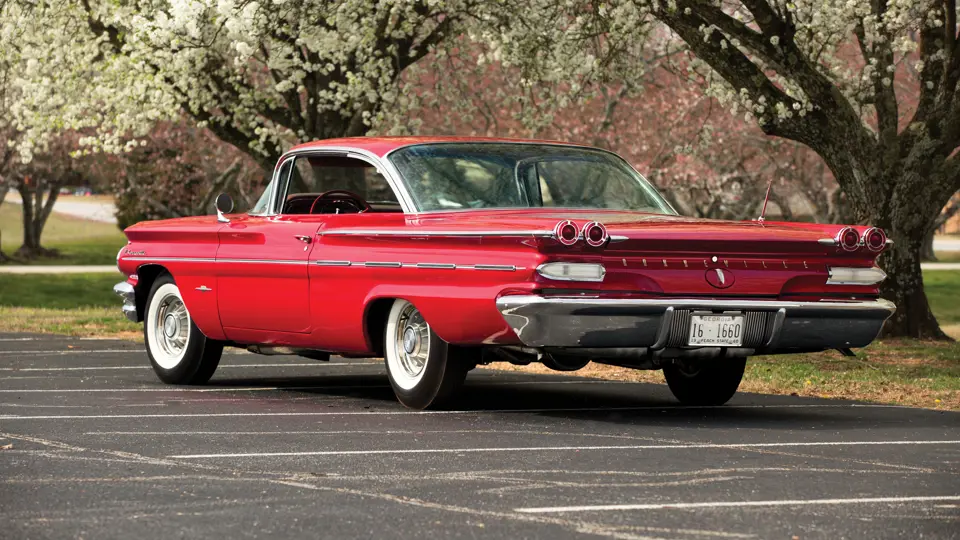



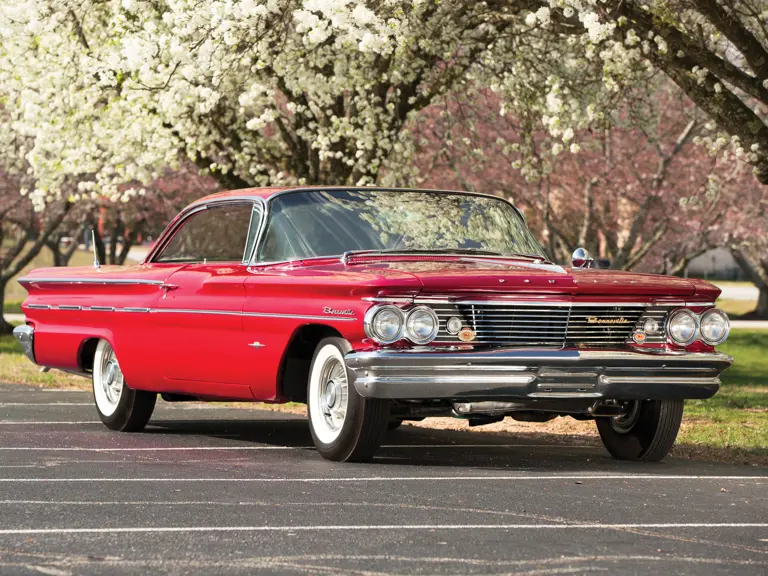
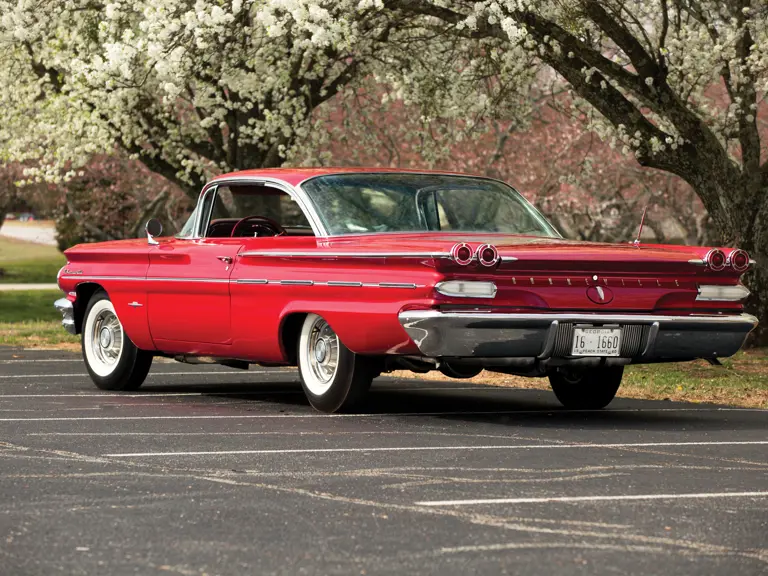
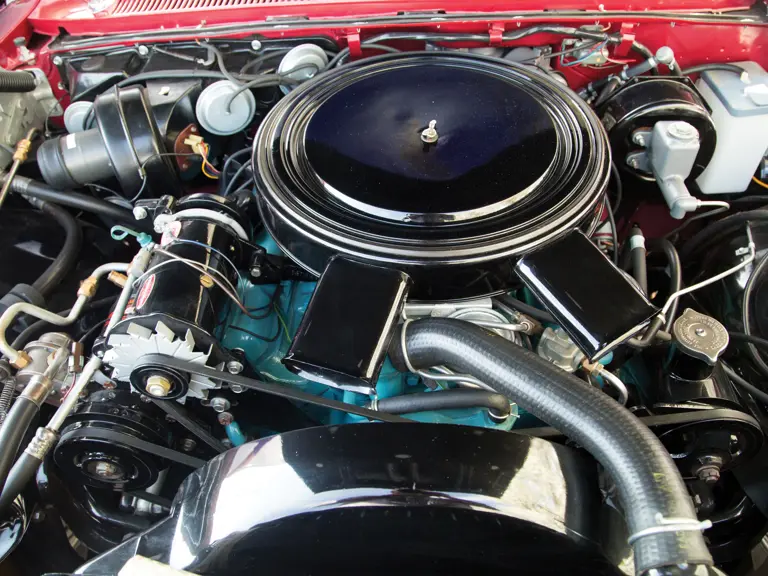
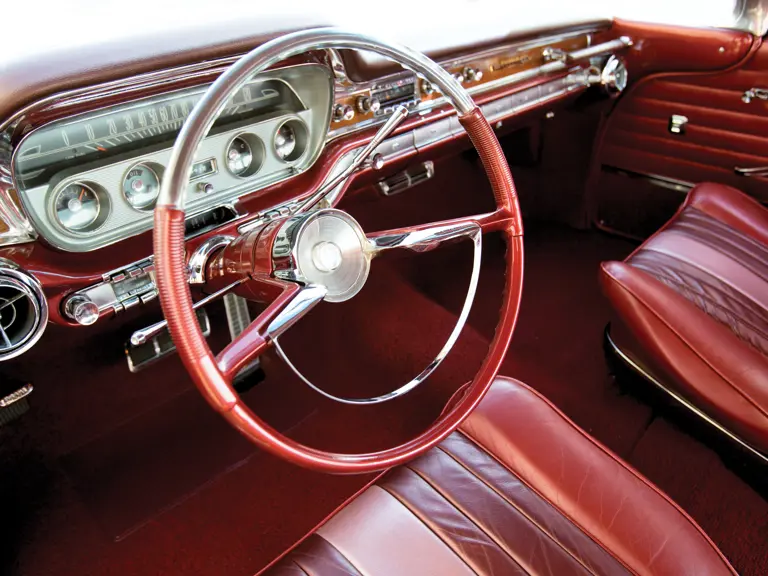
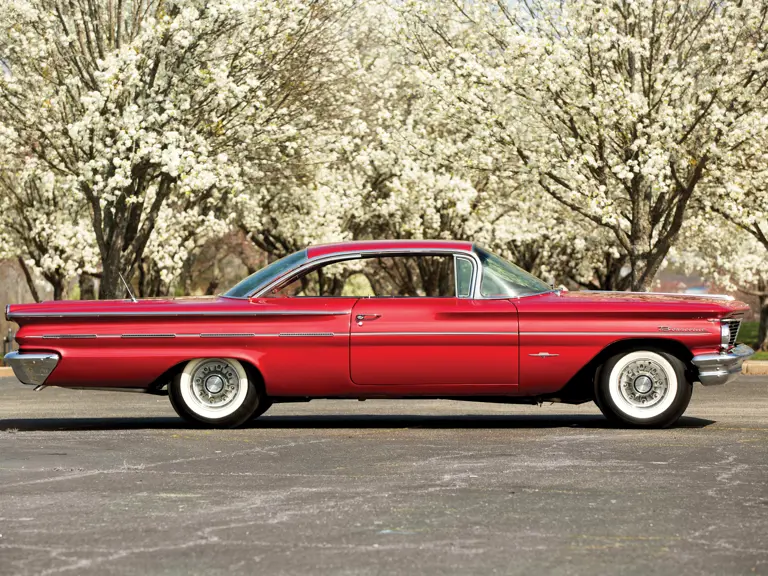
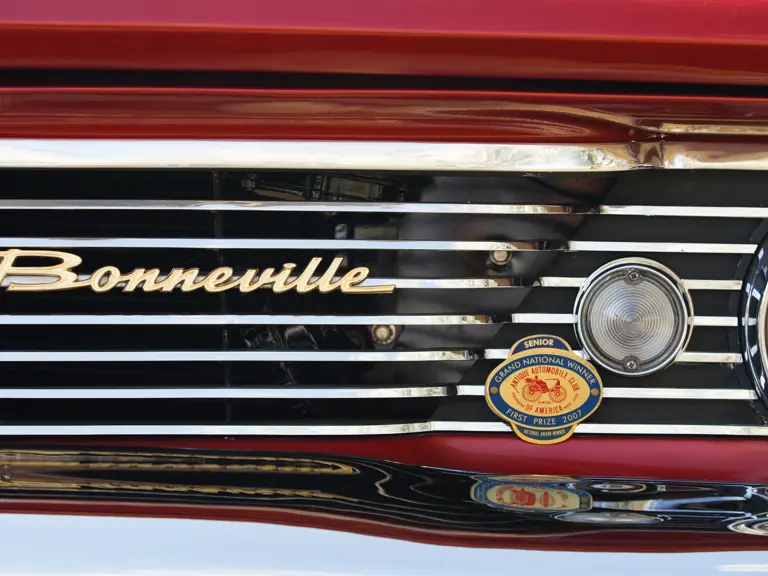
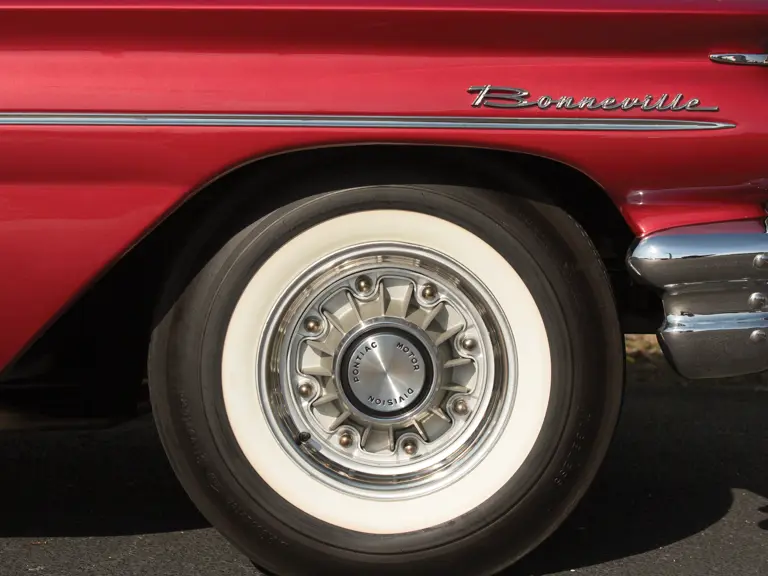
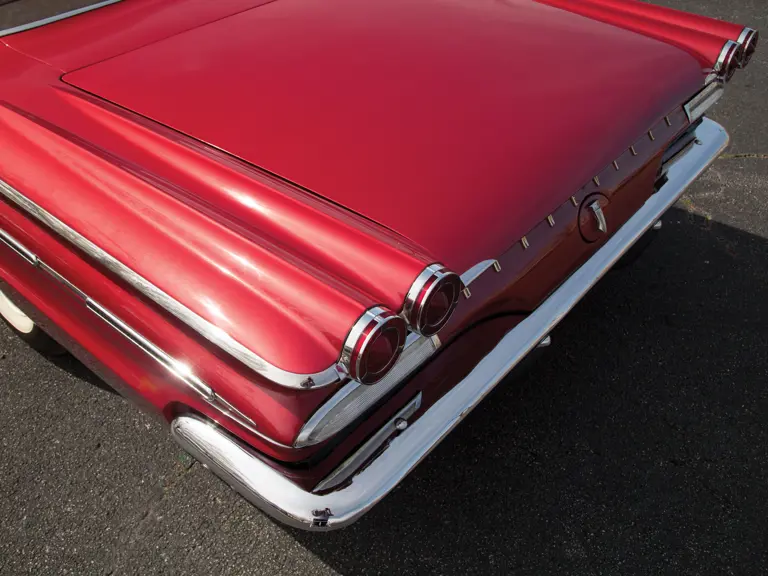
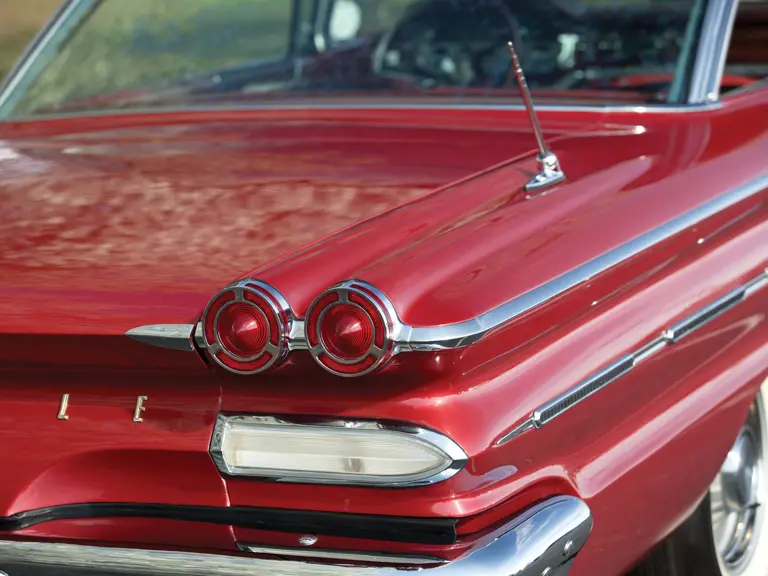
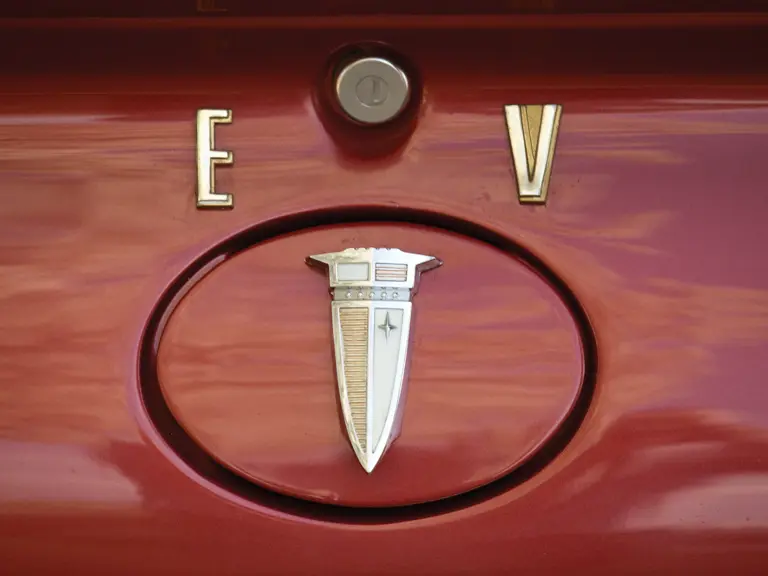
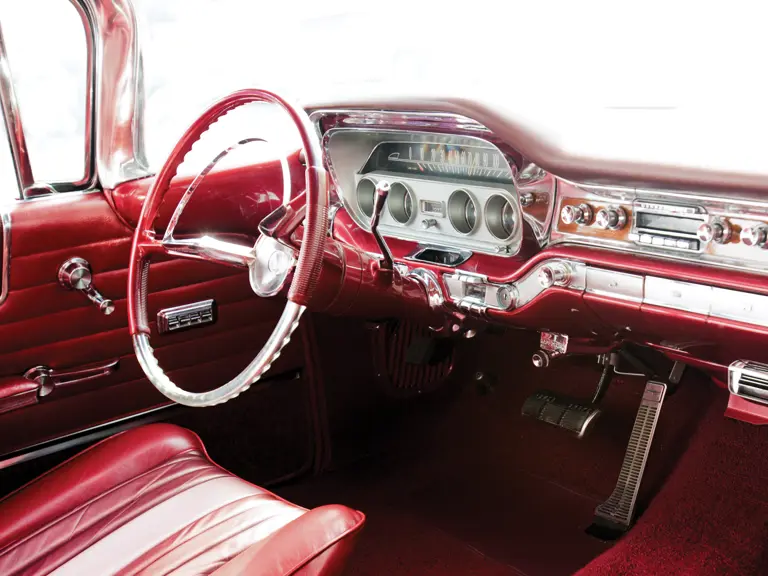
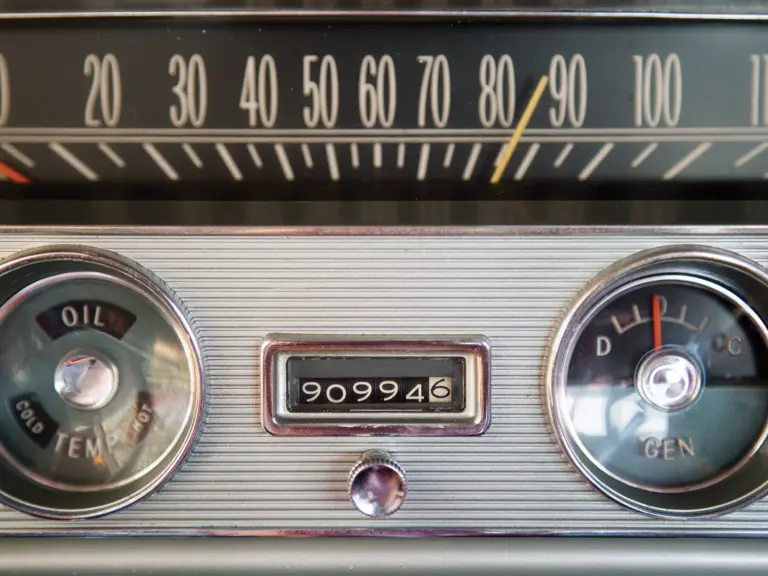
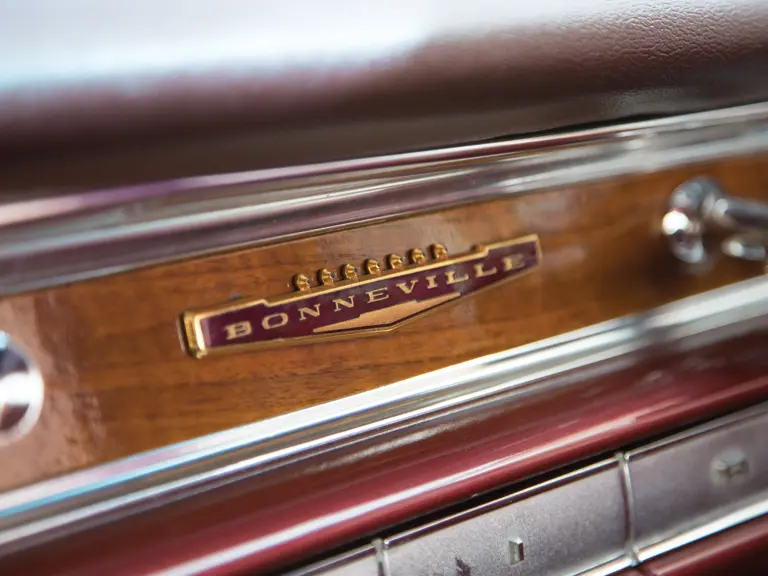
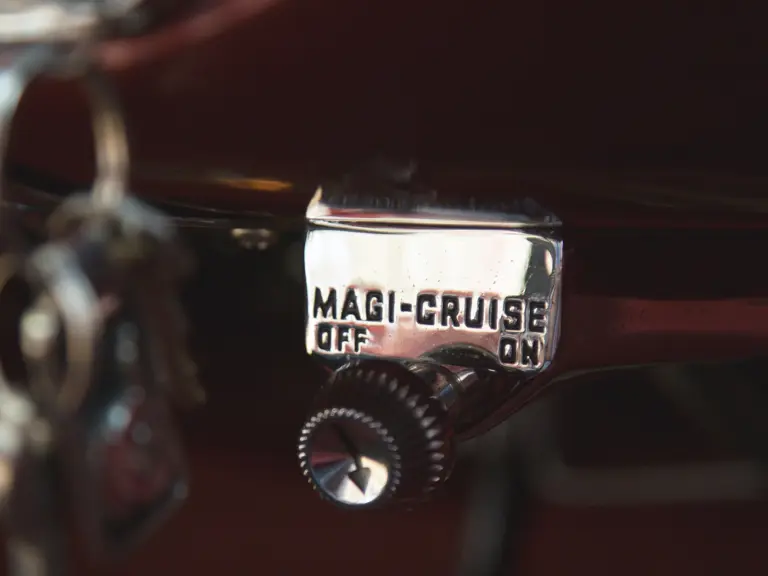
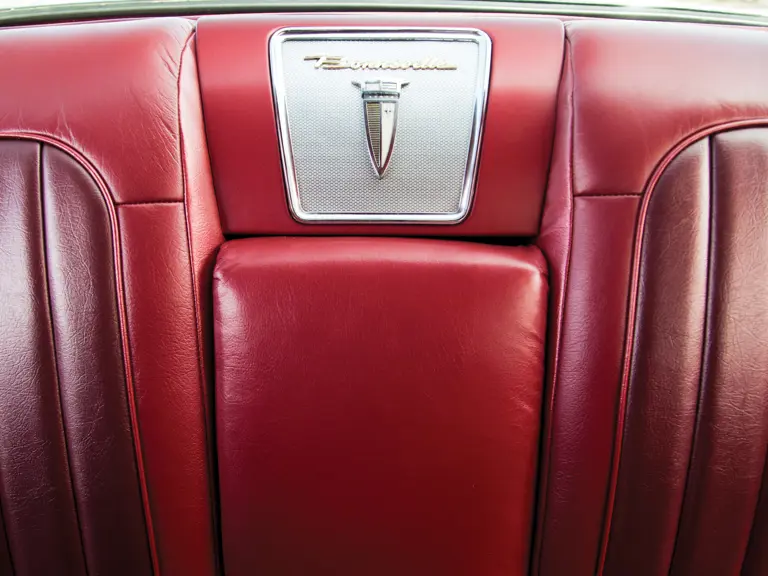
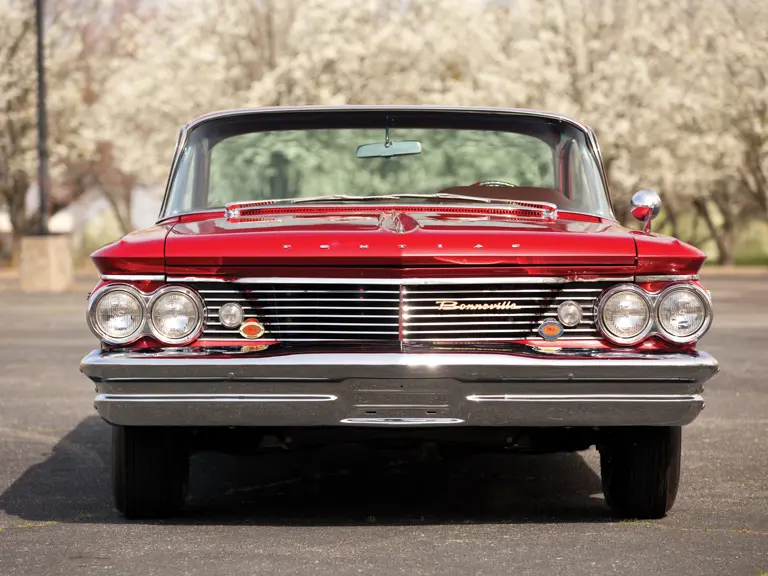

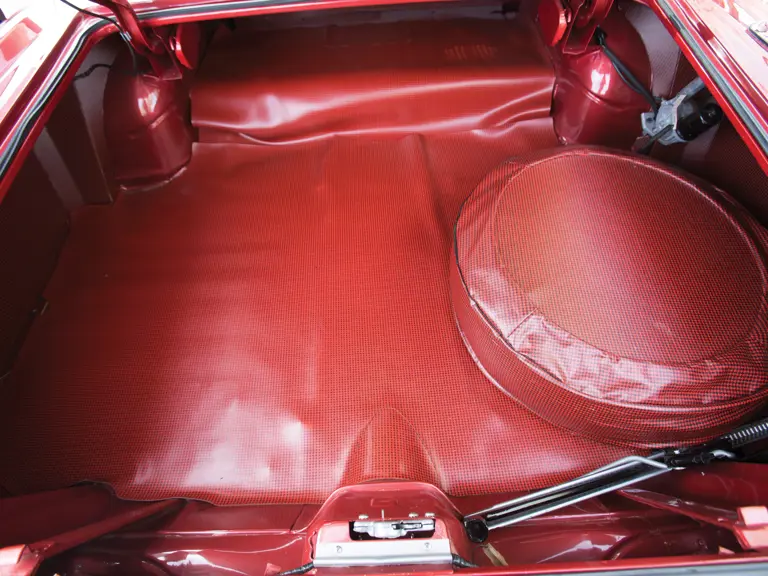

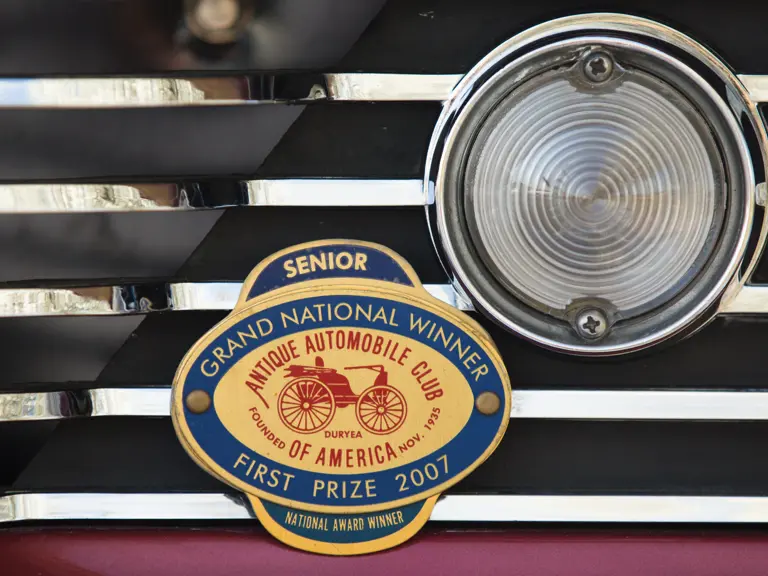
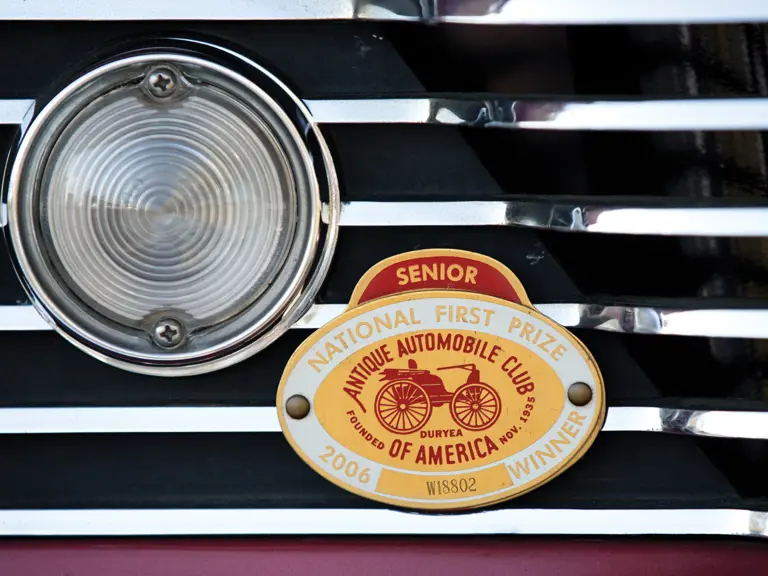
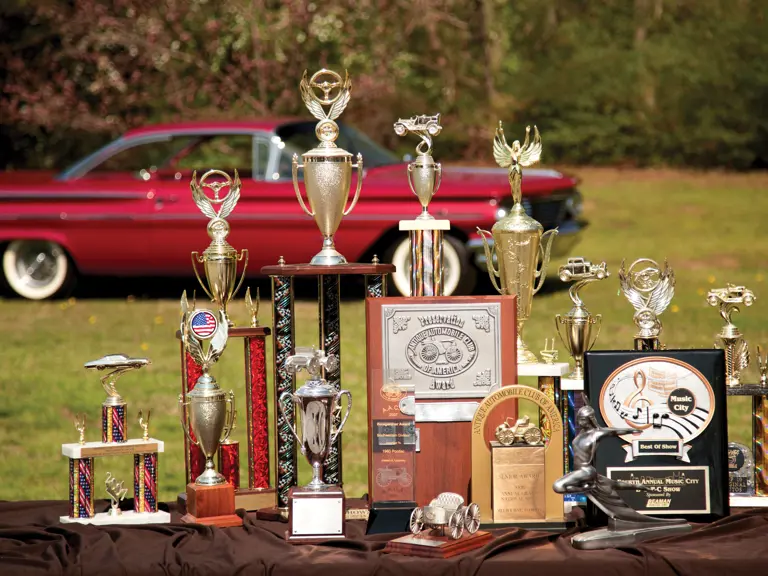
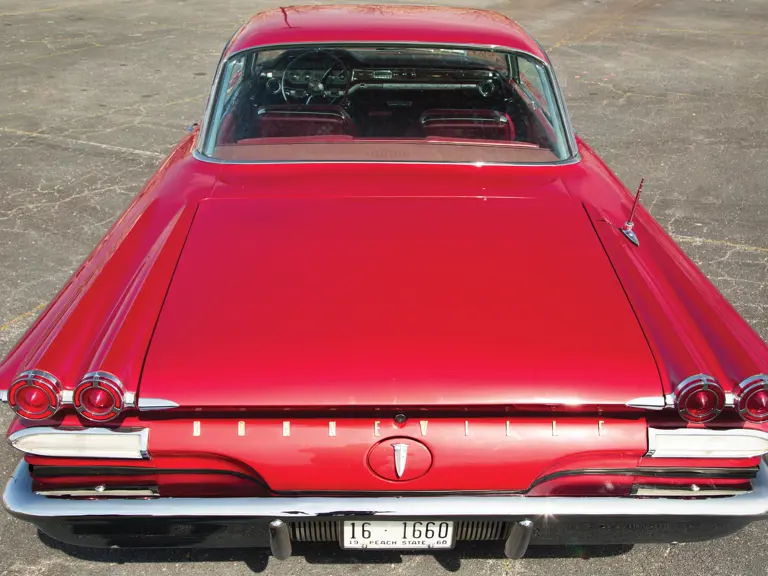
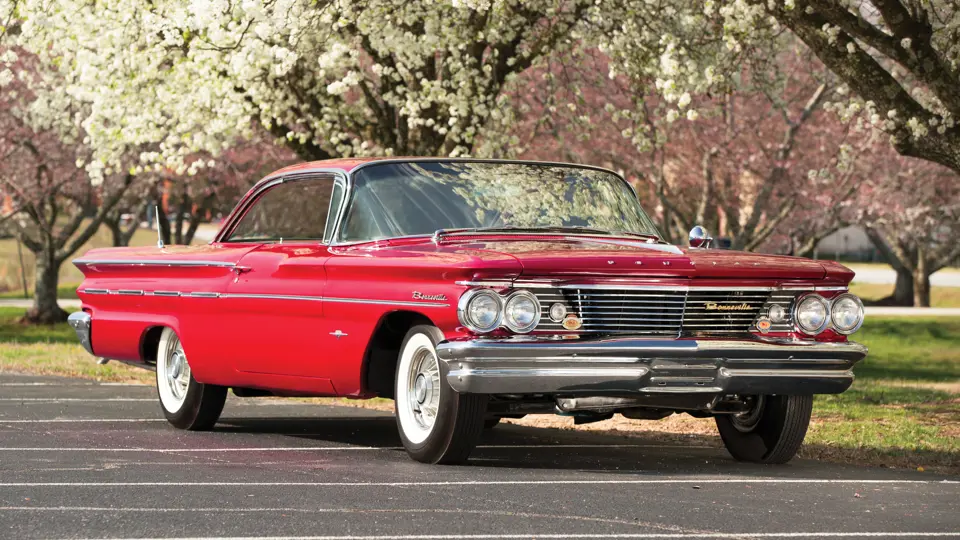
 | Plymouth, Michigan
| Plymouth, Michigan
